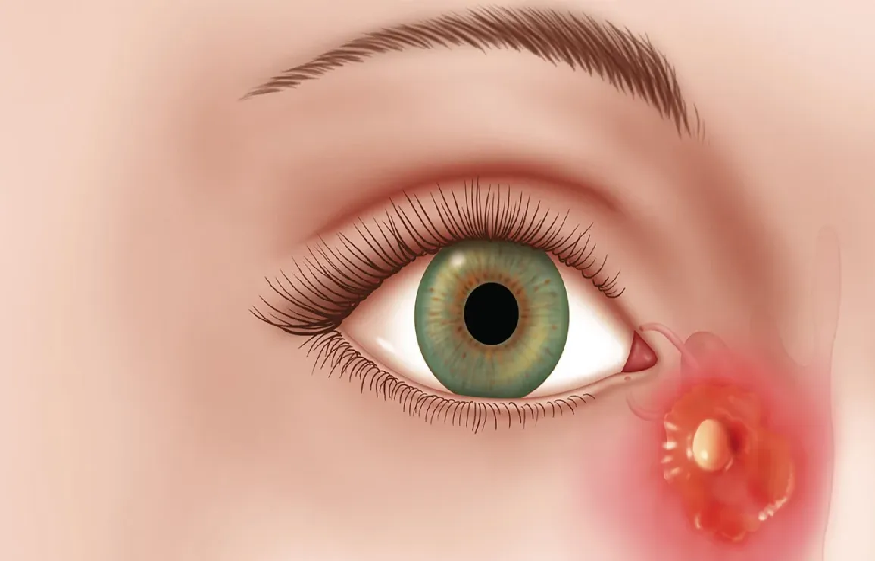Photography is an art that allows you to capture beautiful moments and memories. Whether you are a professional photographer or a beginner, these 10 essential photography tips will help you master the art of capturing stunning images.
To learn photography you might want to join photography workshops
Understand Your Camera
Before you start taking pictures, it is essential to understand your camera. Take the time to read the manual and learn about the different settings and features of your camera. This will help you take full advantage of your camera’s capabilities and improve your photography skills.
Shoot in RAW
RAW format allows you to capture all the data recorded by your camera’s sensor, giving you more flexibility in post-processing. Shooting in RAW also helps to preserve more details in the shadows and highlights of your images. While RAW files take up more space on your memory card, the flexibility they provide is worth it.
Learn about Composition
Composition is the arrangement of elements in your image. Understanding composition will help you create visually appealing images. Some of the basic rules of composition include the rule of thirds, leading lines, and framing. Try experimenting with different compositions to find what works best for your style.
Pay Attention to Lighting
Lighting is a crucial element in photography. Understanding how to use natural and artificial light can help you create stunning images. Try shooting during the golden hours, which are the hours after sunrise and before sunset. This is when the light is softer and more flattering. Also, consider using a reflector or a diffuser to modify the light.
Use the Right Lens
The lens you use can significantly affect your images. Wide-angle lenses are ideal for landscapes and architecture, while telephoto lenses are great for portraits and wildlife photography. Understanding your lens and its capabilities will help you capture the best possible image.
Experiment with Shutter Speed
Shutter speed controls how long your camera’s shutter stays open. A faster shutter speed can freeze motion, while a slower shutter speed can create a motion blur effect. Experimenting with different shutter speeds can help you create unique images and add a creative element to your photography.
Master Depth of Field
Depth of field refers to the area in your image that is in focus. Understanding how to control depth of field can help you create a more dynamic image. A shallow depth of field is great for portraits, while a deep depth of field is ideal for landscapes.
Don’t Over-edit
Post-processing is an essential part of photography, but it’s important not to overdo it. While editing can help enhance your images, too much editing can make your images look unnatural. Try to keep your edits subtle and true to the original image.
Practice, Practice, Practice
Photography is an art, and like any art form, it takes practice to improve. Make time to practice your skills, whether it’s taking pictures of everyday objects or exploring new locations. The more you practice, the better you will become.
Take Risks
Don’t be afraid to take risks and try something new. Experimenting with different techniques and styles can help you discover your unique style and voice. Embrace your creativity and take risks to create images that stand out.
In conclusion, mastering photography takes time and practice. Understanding your camera, composition, lighting, and other essential elements of photography can help you create stunning images. Use these 10 essential photography tips to improve your skills and create images that capture beautiful moments and memories.













